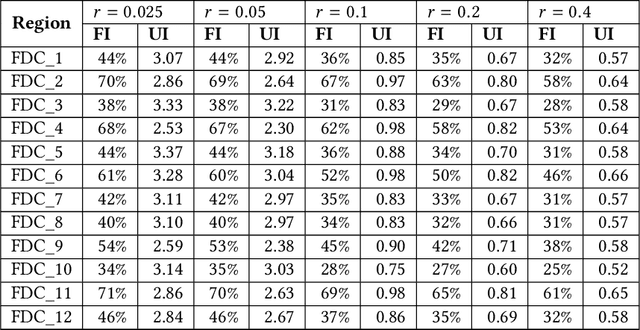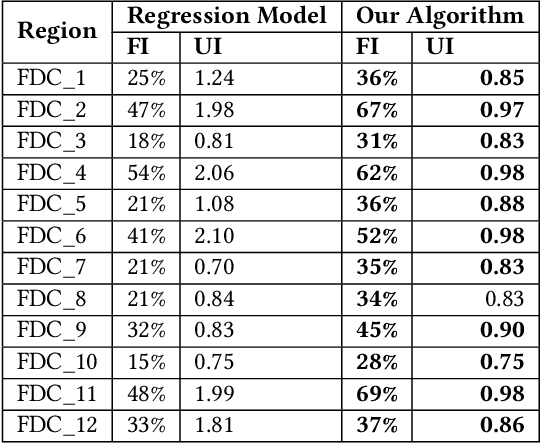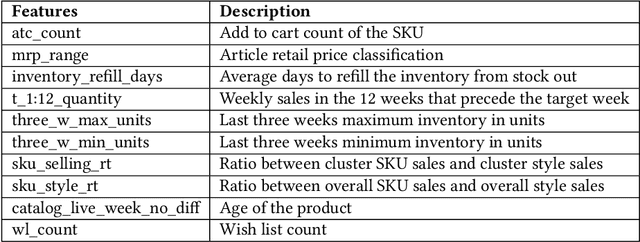Nachiappan Sundaram
Sequential Binary Classification for Intrusion Detection in Software Defined Networks
Jun 10, 2024Abstract:Software-Defined Networks (SDN) are the standard architecture for network deployment. Intrusion Detection Systems (IDS) are a pivotal part of this technology as networks become more vulnerable to new and sophisticated attacks. Machine Learning (ML)-based IDS are increasingly seen as the most effective approach to handle this issue. However, IDS datasets suffer from high class imbalance, which impacts the performance of standard ML models. We propose Sequential Binary Classification (SBC) - an algorithm for multi-class classification to address this issue. SBC is a hierarchical cascade of base classifiers, each of which can be modelled on any general binary classifier. Extensive experiments are reported on benchmark datasets that evaluate the performance of SBC under different scenarios.
Online Fashion Commerce: Modelling Customer Promise Date
May 01, 2021



Abstract:In the e-commerce space, accurate prediction of delivery dates plays a major role in customer experience as well as in optimizing the supply chain operations. Predicting a date later than the actual delivery date might sometimes result in the customer not placing the order (lost sales) while promising a date earlier than the actual delivery date would lead to a bad customer experience and consequent customer churn. In this paper, we present a machine learning-based approach for penalizing incorrect predictions differently using non-conventional loss functions, while working under various uncertainties involved in making successful deliveries such as traffic disruptions, weather conditions, supply chain, and logistics. We examine statistical, deep learning, and conventional machine learning approaches, and we propose an approach that outperformed the pre-existing rule-based models. The proposed model is deployed internally for Fashion e-Commerce and is operational.
An Application of Newsboy Problem in Supply Chain Optimisation of Online Fashion E-Commerce
Jul 06, 2020



Abstract:We describe a supply chain optimization model deployed in an online fashion e-commerce company in India called Myntra. Our model is simple, elegant and easy to put into service. The model utilizes historic data and predicts the quantity of Stock Keeping Units (SKUs) to hold so that the metrics "Fulfilment Index" and "Utilization Index" are optimized. We present the mathematics central to our model as well as compare the performance of our model with baseline regression based solutions.
 Add to Chrome
Add to Chrome Add to Firefox
Add to Firefox Add to Edge
Add to Edge